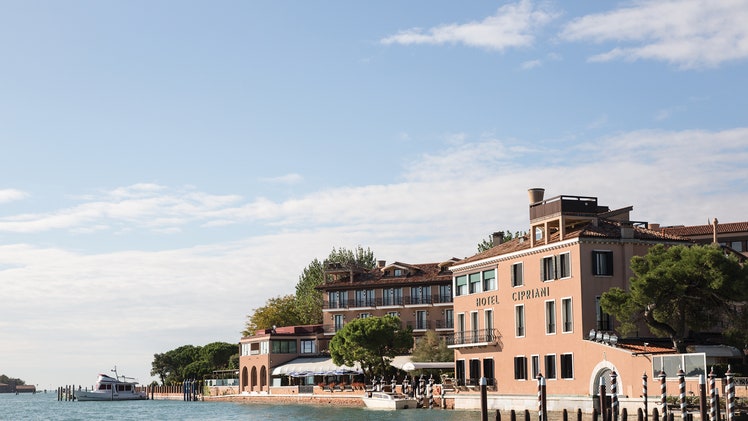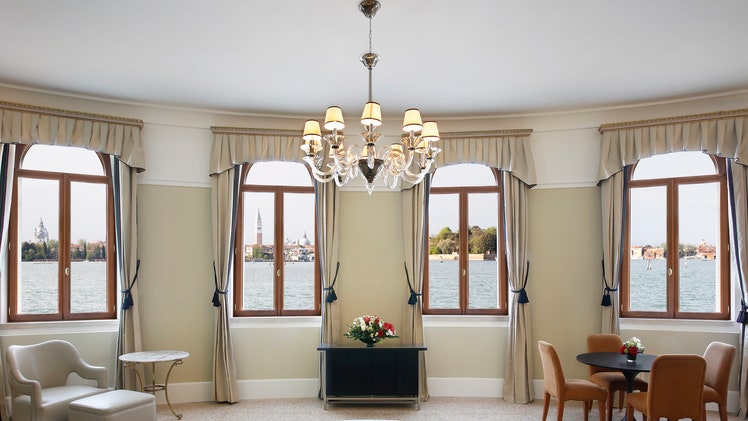Review: Peggy Guggenheim Collection
Photos

Zoom out. What’s this place all about?
This squat palazzo on the Grand Canal was once the home of the eccentric gallerist and collector Peggy Guggenheim, who played a big part in the careers of artists like Jackson Pollock, Max Ernst, and Alberto Giacometti. Today the eponymous museum still maintains the feeling of a private house—rooms are cozy and intimate, and Guggenheim's own story is woven throughout the exhibition spaces.
The permanent collection: What are we talking about?
Most of the work on display was collected by Guggenheim during her lifetime—and it's some of the best art of the 20th century. In the entryway, two Picassos hang next to a Calder mobile. There are rooms filled with Kandinskys and Brancusis and Pollocks and Dalís. One mantlepiece is lined with Joseph Cornell boxes. The museum is also home to a version of "Empire of Light," one of René Magritte's most recognizable paintings.
And the exhibits, how were they?
One wing is dedicated to seasonal exhibitions, which range from deep dives into specific aspects of Guggenheim's collection (like a closer look at her later years, when she acquired many pieces by Japanese artists) to single-artist surveys (Joseph Albers, Rita Kernn-Larsen) that feel like a natural fit.
What did you make of the crowd?
It's a mix of studious art lovers, rowdy Italian school groups, and families with mixed attention spans. The museum can get packed, especially on weekends, so it's best to go early in the day and early in the week (note that, like most museums in the city, it's closed on Tuesdays).
On the practical tip, how were the facilities?
It's a small museum with small rooms all on one level, and there are seats in the café, the grand canal terrace, and the sculpture garden. There are wheelchairs available in the cloakroom, and an elevator provides access to the main building.
Any guided tours worth trying?
There are audio guides available for an additional seven euro, which come in handy if you're interested in some of the historical context of the major paintings. Museum interns give presentations on Guggenheim's life, as well as specific artworks, twice a day, every day. You can also book a private guide.
Gift shop: obligatory, inspiring—or skip it?
One of the greats. Along with your standard books, postcards and posters, the shop carries fun souvenirs inspired by the collection and Peggy's life: Jackson Pollock ties, melamine trays printed with Magritte clouds, and wacky sunglasses inspired by Peggy's signature pair.
Is the café worth a stop, or should we just plan on going elsewhere?
The café is a pleasant place to stop for a cappuccino and a cornetto in the morning, or refuel with a light salad or sandwich in the afternoon. The terrace is genuinely beautiful and relaxing, and the food is solid, but it's not a destination in itself.
Any advice for the time- or attention-challenged?
Stick to the main house and the sculpture garden (where all the really good stuff is anyway) and you'll be in and out in an hour.




.jpg)
